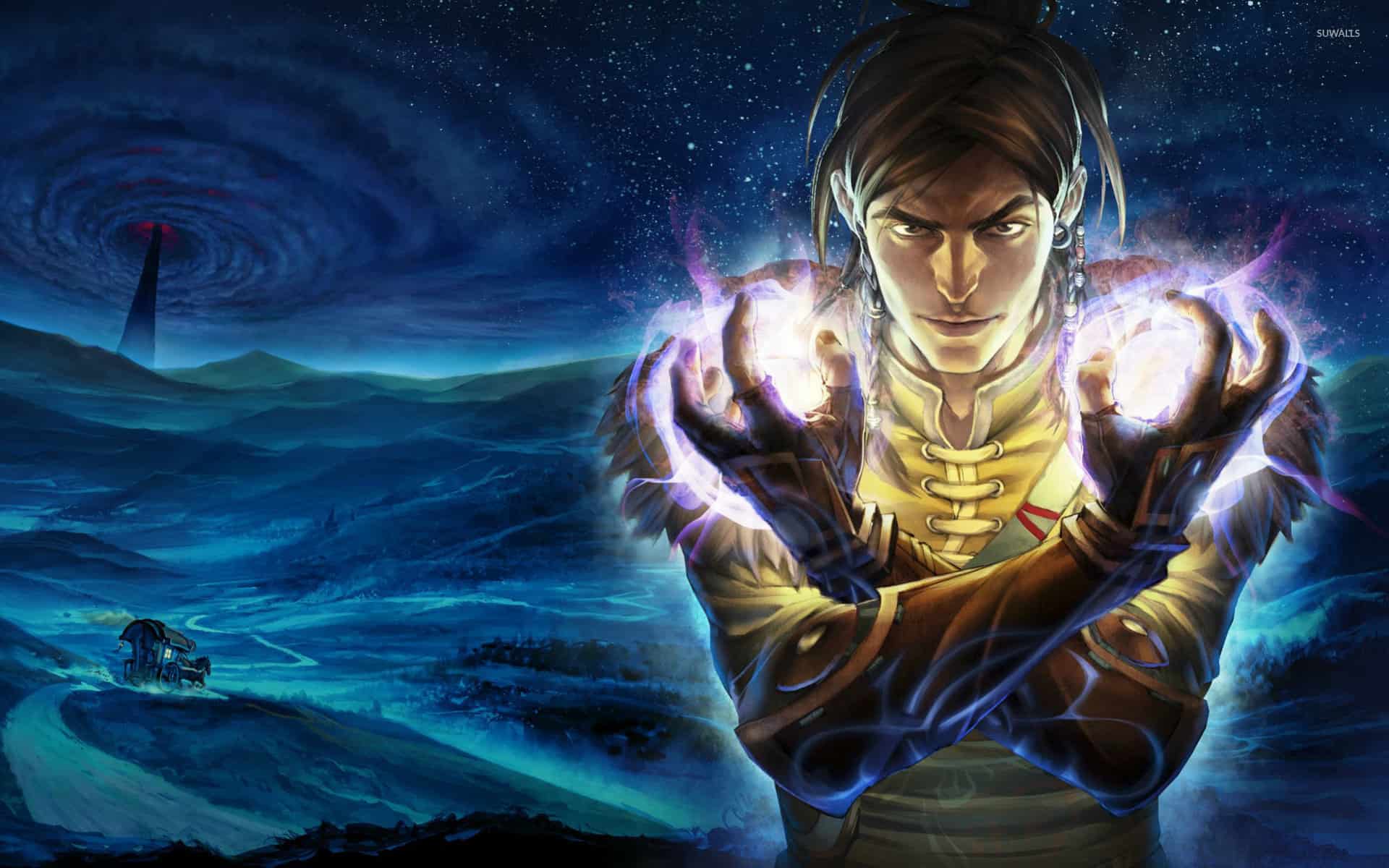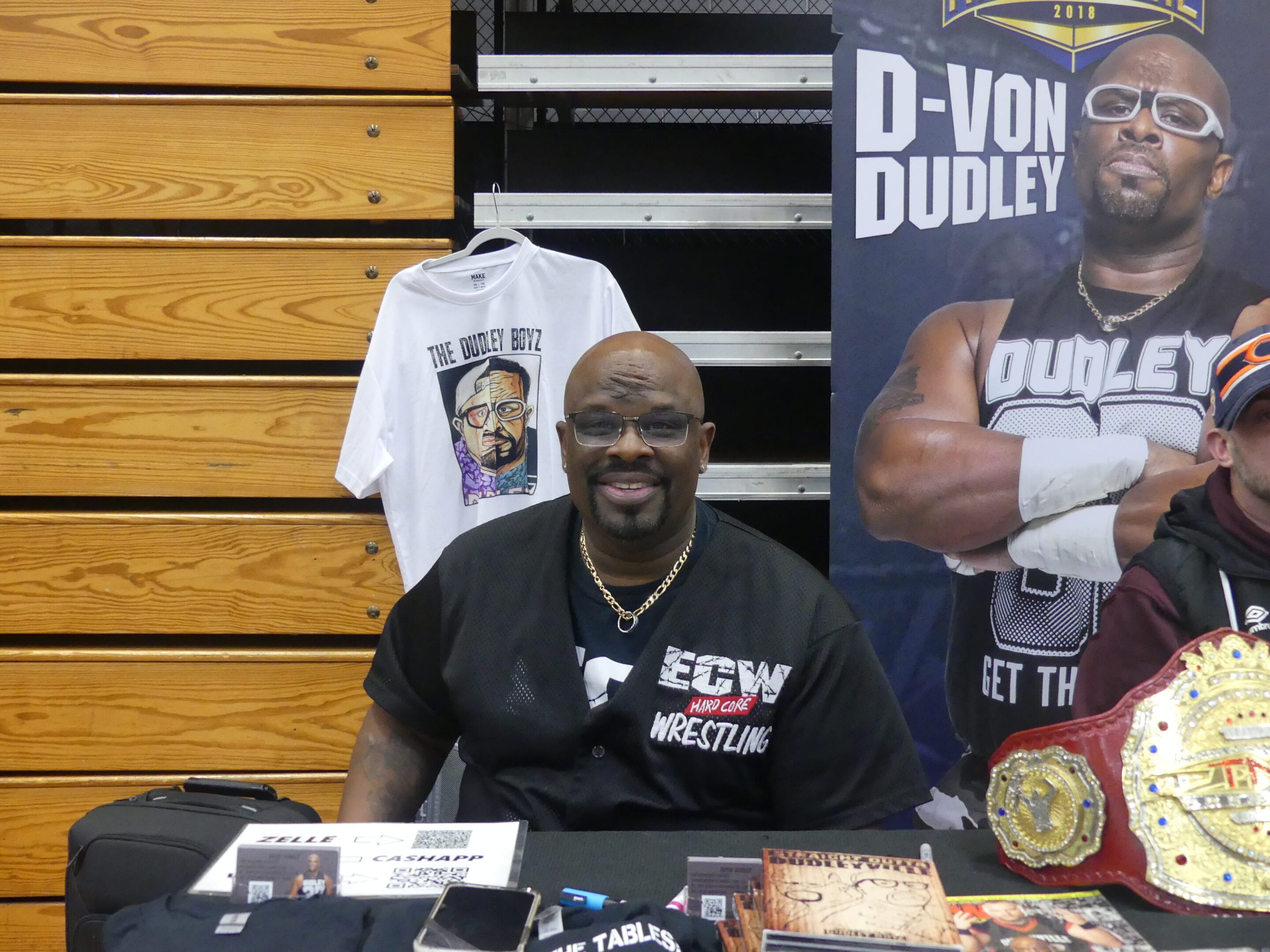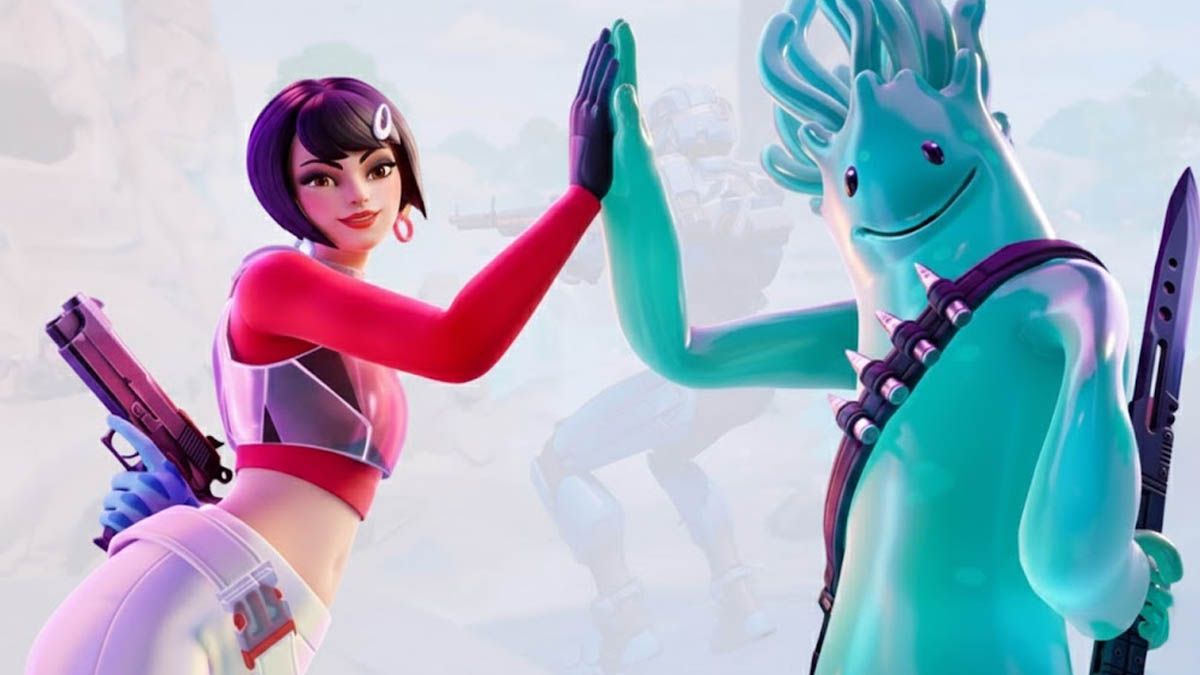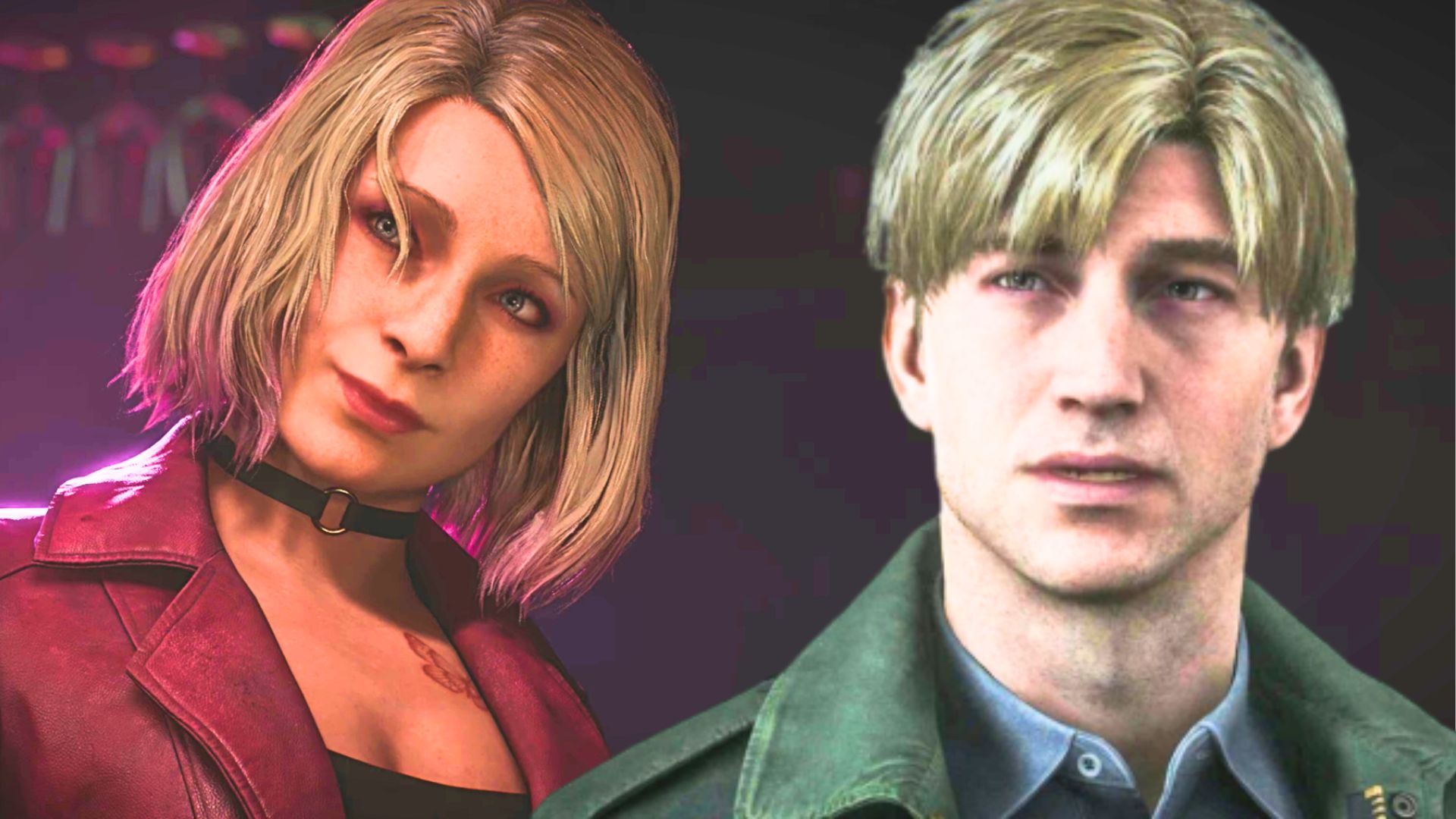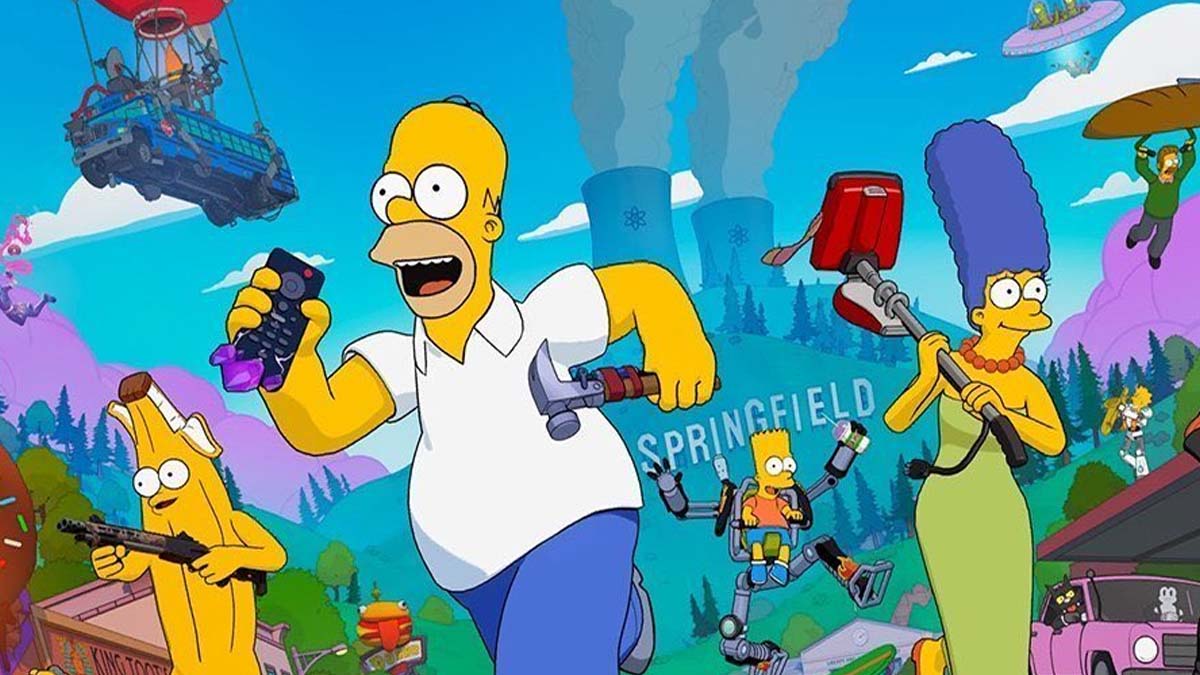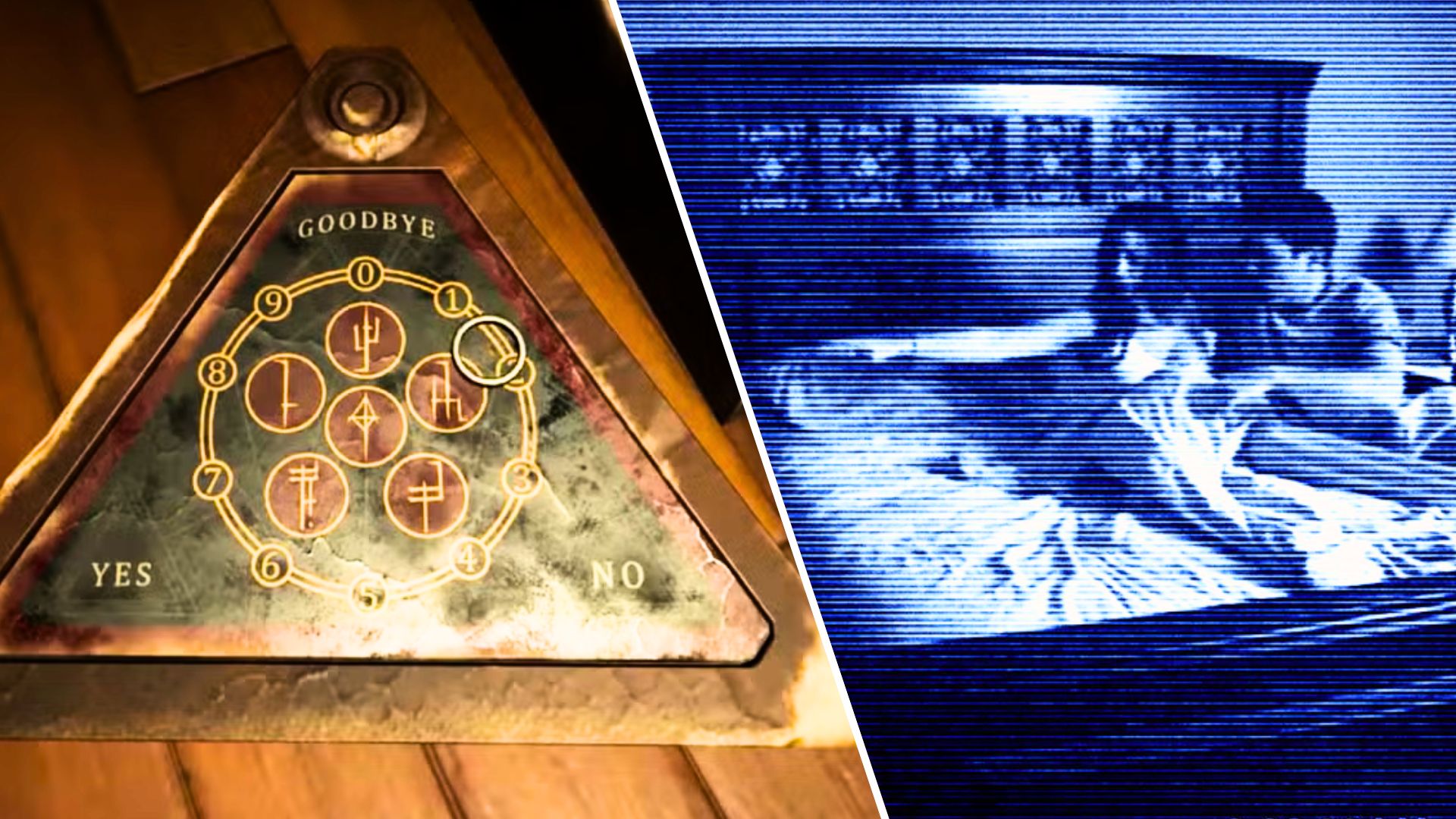You can trust VideoGamer. Our team of gaming experts spend hours testing and reviewing the latest games, to ensure you're reading the most comprehensive guide possible. Rest assured, all imagery and advice is unique and original. Check out how we test and review games here
Fable: The Journey will be Lionhead creative director Gary Carr’s first retail release since The Movies arrived on PC in November 2005, but that won’t stop the veteran game maker from continuing to try new ideas even if they end up like Milo and Kate. At the recent Develop conference we sat down to discuss how his team has recovered from an unprecedented mauling at E3 2011 and how Milo technology lives on.
VideoGamer: Something I found quite interesting during your presentation this morning was when you spoke about how Lionhead was trying to turn attention away from Kinect and onto the actual game behind Fable: The Journey. Why is that? Do you think there’s a negative connotation attached to Kinect?
Gary Carr, Creative Director, Lionhead Studios: I just think people can be sceptical about anything new, and if you’re trying to do something new within something new… First-generation [Kinect] titles were the right first-generation titles. Dance Central was acclaimed, Kinect Sports was well received and they were the right sort of games for launch. But when you try to do something new I think the scepticism is, ‘Why are you trying to take away my controller?’ And we weren’t necessarily. We’re known for doing long-play, deep games that have a lot of breadth to them, and we wanted to do something in Kinect which supported what we’d expect fans of Lionhead [would want to see].
The problem we had, I think, was the first show at E3 2011. It was only briefly on the main stage – 2 minutes and 54 seconds – and it kind of looked trivial when you look back at it now. It looked like we were doing a Hobbe party game. It just didn’t have the time on stage to get across the gameplay. You don’t get to talk to it, you just get, ‘Hey, here’s Peter Molyneux from Lionhead Studios and here’s a video’. We hadn’t done any preview press; it was an announcement, so the public probably thought what are they doing with our RPG? Why are they not supporting a controller? We’re core gamers and we might have [Kinect] because we’re early adopters but we do it to play party games. We got battered, and we’re not used to getting battered. People can be sceptical about Lionhead and Peter, but generally they’re intrigued by it. They don’t just come out and go, ‘This is rubbish’.
VG: Did that knock the team’s morale?
GC: Yeah, it did. I didn’t get a morale drop, not because I was immune to it, but I just happened to be in a slightly different bubble. Peter was doing one-on-ones and my job as his number two was doing the public theatre show, which was a longer play. I had a 20 minute demo and it was a little more light-hearted. We were playing around in it and riffing with the audience who were doing fun things, and they were going down really well. So I wasn’t seeing a lot of the press until I got back, and yeah, the studio were down. But interestingly the game had moved on. I’d been in my E3 bubble for a few months anyway, but when I got back to the game they’d really started to find the experience. So even though they were down, the game suddenly started to pick everybody up. There’s a particular level that did it for us and we’d suddenly found our game that was always there, but that had come together. When we were playing it back we suddenly went, ‘We were right in the first place. There’s nothing wrong with this game, it’s perfectly fine, we just need to get it more crafted and in the hands of the public and press’. They need to see it because it doesn’t translate as well without an avatar on-screen. Without that cool character responding to the cool things going on it’s a bit of a disconnect. I think we were slow to realise that.
VG: Why do you think there is that disconnect? Obviously first-person shooters lack that on-screen representation too, but…
GC: Because The Journey isn’t a first-person shooter. It’s got first-person shooter elements to it, so if we just show that element off we might go, ‘Oh, I get this’, but we don’t have a cool-looking railgun on-screen all the time. The way you play the game… It’s got elements of a first-person shooter about it when you get a creature and you’re ducking around and throwing magic into the world, but really it’s whatever the player wants to do – they can put their hands down, pick them up, wave them around, and it responds to what you do. You can put spells together and they morph. It doesn’t make a lot of sense if you see it in a standalone video, but if you see a gun going [makes gun reload noise], it makes sense; you know what’s going on. So I don’t think it quite reads until you see the experience of the player and the world. And even then it doesn’t read as well as playing it. That’s just one of the things [with Kinect]. You have to get the experience first-hand to get the experience. It doesn’t quite work as a second-hand experience and that’s just fact.
VG: Something else you suggested in your presentation was that the use of Unreal Engine meant that Lionhead didn’t have to devote a lot of time and resources to engine development and could instead focus on the game. But presumably the sitting-down technology for Kinect took a huge chunk of development time?
GC: To be fair, [that] was us and then we gave it to the platform team at Microsoft and they had to integrate into the black box, the dev system, and they did some improvements as well. We obviously had tech in; Unreal doesn’t give you everything. Unreal gives you a lot but we definitely have our own pipeline, our own animation, mo-cap pipelines, and technology. The way the spell casting works is our own stuff. But just to be able to see the world come together, to build this script and scenarios in days rather than nearly years, so you can actually work out whether it’s good or bad sooner rather than later… It just seemed crazy that we would be building, say, Fable III as a game in the last six months out of a two year cycle. It just doesn’t seem right. If you’re wrong you’ve got very little chance to put it right. We’ve been lucky to some degree, but we’ve found the iteration process, what works and what doesn’t work, bearing in mind that Kinect adds this slight unknown, because we’re not that used to what works and doesn’t work with Kinect, we’re in the dark as much as most developers – the sooner we can find out what works and what doesn’t and we’ve checked it, the better, rather than gambling on the formulas we’ve used from other games, which we’ve taken from other games to be honest. We all copy each other’s great ideas in game development. You can see what button combinations work, what works for combat, systems of a controller, [but] we were having to invent this for the first time, so we needed to get it working sooner rather than later.
VG: It may be too early to ask this, but given the negative reactions you’ve experienced with The Journey, would you go through it again? Would you create another Kinect-only game?
GC: There’s no obligation for us. You know, Microsoft have all sorts of cool things going on and they don’t go, ‘Go and do that’. They didn’t tell us to go and make a Kinect game, it was just an opportunity. It was a shiny thing. ‘Oh wow, what could we do with this?’ Milo was originally on a controller. It never got [shown to press] – we hadn’t shown Milo at all. But Milo was originally a controller game, but we suddenly thought [Kinect] talked to our idea better.
VG: Well that was something I wanted to ask you about. You mentioned that you had been working on Milo for a long time but you had to stop and develop other projects because the company had to make money. Was that a Microsoft directive to go out and make a Fable game?
GC: No. If you look at Lionhead – and this is a little bit old Lionhead – if you think about when I was starting this project we were a two studio team. There was Louise Murray – the successful award-winning, money-making machine of Fable – and there’s my studio. My studio was making prototypes and ideas, and at some point you think, ‘Maybe I should start making this company a bit of money’. So really, it isn’t Microsoft. They’ve been really generous. Obviously they don’t go, ‘Go and spend as much you like, we don’t want to see any return on that’. But for me it was much more about, I need to start bringing the bacon in. Fable is a hundred million dollar-plus franchise and I’m doing these quirky little things that haven’t necessarily got any particular timeline attached to them. So when there was an opportunity to do something that I felt was more of a satellite or sister title, and with all of our experience with Kinect, which at that point was something like 18 months experience, it just felt like a really good thing to try and do. Just put together this brilliant world and our expertise with Kinect to try and see if we can make an experience which feels different to a conventional Fable.
VG: So you were personally heavily-involved in Milo & Kate?
GC: Yeah, I was the head of the studio.
VG: Was that a disappointment to see it cancelled?
GC: Not really. My disappointment was more that a lot of people said it was faked when it wasn’t. That was a disappointment.
VG: The revelation that it started out as a controller-based game surprised me, because I suppose a lot of people -myself included, perhaps – assumed that it was a Kinect prototype or tech demo.
/https://oimg.videogamer.com/images/c11e/natal_milo.jpg)
GC: Peter had the original idea, and his original idea was – he said this to me once so I’m going to quote it back – he said, “The first simulation I built was a God,” – Populous, I worked with him on that game as a very junior artist – “and as I’ve gone on I want to try get more and more down from that”. He wanted to go the other way and get right down to simulating a single person, and that was his idea. So he felt that was the ultimate prize, because the level of AI and interaction, you’re not these little dots, it’s not a little ant farm where you smite him or anything like that. It’s something that’s going to respond to you one-to-one. That was what he was trying to do. Then when Kinect came along and it can see you and you can see it, it has a voice and the ability to develop, that just meant, ‘right, let’s put the controller down, we’ve got this great new way of being really immersed. We can talk and he can see us, hear us and that’s amazing’. So we played with that for about 18 months, but it was actually getting us used to Kinect.
VG: How would Milo have worked without Kinect?
GC: It was a sim. It was a controller-based sim.
VG: So you controlled Milo?
GC: You controlled Milo. You could go and do things with him. He goes to school, he has adventures, he has friends, and he has his own dreams that he goes into. You would control him through being his magical friend, helping him out with stories, rather than pushing him around and controlling him directly. So we stepped you out of him and made you his conscience, really. A bit like Pinocchio and Jiminy Cricket, which we always imagine is not really there, it was just his conscience.
VG: Development on Milo & Kate stopped in September 2010. When did it actually start?
GC: Do you mean as a Kinect game?
VG: No, whenever it was that Lionhead started working on it as a controller-based game.
GC: I think a lot of people link Project Dmitri to Milo. I would argue there is a loose family tree but that’s not how I remember it. I remember it pretty much as a, ‘here’s an idea’, and the conversation I had with Peter, and I saw that as a fresh start. I had no preconceptions or conversations with Peter about Project Dmitri so I’m not sure they are that linked. So I think we started about six months before that. I know we flew out in November 2008 to see the camera for the first time, and that’s when we decided, ‘Controller, you’re not how we talk to Milo, this is’. There were only 20 of these prototype cameras around. We were given two and one of them didn’t work [laughs]. And by June of the following year we did the big show at E3, so we had to move quickly on our limited spend of cameras. It was greatly exciting times.
VG: Growing up with Lionhead and Bullfrog’s games, I guess I always saw it as the ‘ideas’ studio. You know, there were titles like Black & White, Populous, The Movies, Theme Park, and Magic Carpet. But in recent years there have been all these new ideas that have been cancelled. Games like B.C. and Milo and Kate, for example. It’s almost as if Lionhead is turning into the ‘Fable studio’.
GC: I don’t think we feel that way. I think the perception is because in the last, say, eight years, there’s been… The last thing I shipped was The Movies, and it doesn’t feel a hundred years ago but it is to some people. It was at least five years ago. But these days big games don’t just happen like that. It’s a big commitment and it has to go through a lot of proof points. That doesn’t mean to say that Lionhead will always make big, big games, but I just don’t think you can guarantee that everything you come up with is going to go to market. I don’t think we’re any different from anyone else. I just think we’re making those AAA boxed, retail experiences, and you can’t guarantee that you’re just going to pump out any idea that you can come up with. It has to be a real commitment to take it forward, and Milo wasn’t necessarily something that we wanted to take forward. It was a lovely idea, but whether we thought it was commercially something that we wanted to take forward was never really something we discussed.
VG: Is that decision to stick to existing IP rather than experiment with new ideas a reflection of the prolonged console cycle, sticking to franchises that have already been established early on?
GC: They all avoid each other. There are windows now where you go, ‘Oh March, that’s going to be GTA’s window, isn’t it? Rockstar command March. Halo comes out in October’. And then you suddenly realise you’re fighting for the gaps in between. When people think that way they don’t seem to want huge amounts of new IP, which I think as a developer is a shame that you even think that way, that you avoid this time or avoid that time. But I think the industry is going to evolve and change. It always seems to find its own place. I think there will be big games that sit and own slots in the calendar, but we’ll do other things that get to market in other ways, and it’s just going through that interesting change.
VG: There’s still a sense that developers don’t really know how to best approach Kinect. You said during your presentation that you didn’t want players to wish they could use a controller, while games like Steel Battalion are experimenting with simultaneous controller and Kinect gameplay.
GC: It’s still very young. It doesn’t seem it – two years seems a long time – but it’s still a big step change to have no controller, no input device. We’ve never had that before, so finding the right experience in one was always going to be tough. People are going to find those experiences that really work, where you speak to Kinect and then [developers] will latch onto that and start a momentum of change. Kinect isn’t going to go away. That type of input device isn’t going to go away. But it’s adoption and acceptance is not going to happen overnight because we have to develop games that really make you go, ‘this works and it couldn’t work in any other way’. That’s what we’ve got to do. If we don’t do that and if our reviewers come out and say, ‘it’s an okay game but this could have been better on the controller,’ then we’ve failed. Kinect hasn’t failed, we’ve failed.
VG: You say Kinect isn’t going away…
GC: Once you open the box on new ways to play games, whether it’s Microsoft or someone else – someone’s going to do this because it’s out there – things never go away, whether it’s a touch-screen, they all stay. There will be these kind of interfaces for games or a TV set, because people are going to have voice-controlled televisions. This stuff is going to be around and you’ve just go to find how to use it.
VG: SmartGlass is another form of emerging technology. Have you looked at SmartGlass for Fable: The Journey?
GC: No. At the moment we have really just doubled down on trying to concentrate on one thing. 18 months isn’t the longest dev time – this has been an 18 month cycle – and to do a great job, we just haven’t been able to think beyond making a great Kinect game. So no, at the moment there’s no plan but it looks cool.
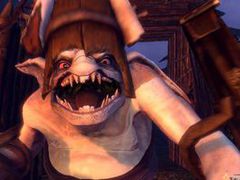
/https://oimg.videogamer.com/images/053b/fable_the_journey_15.jpg)
